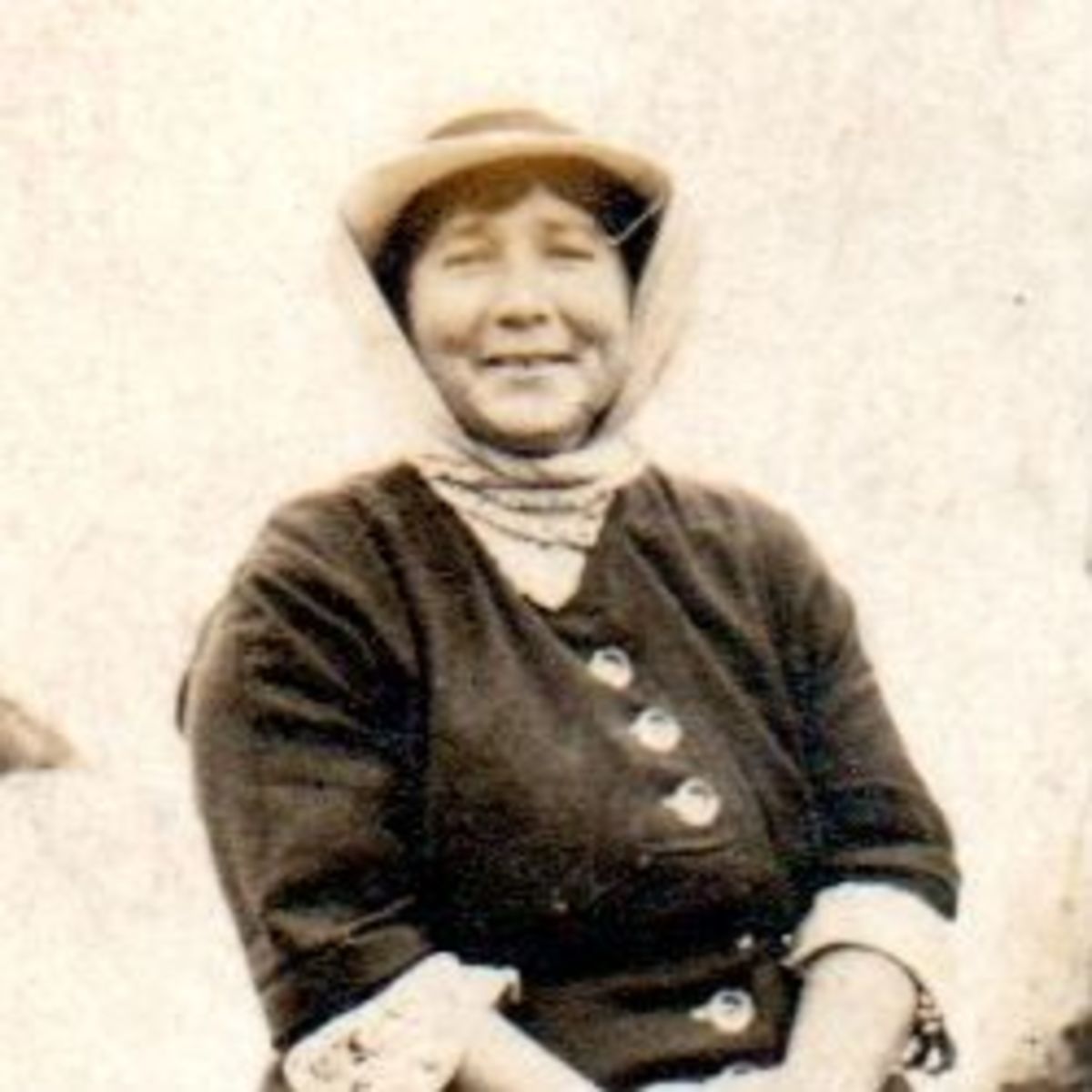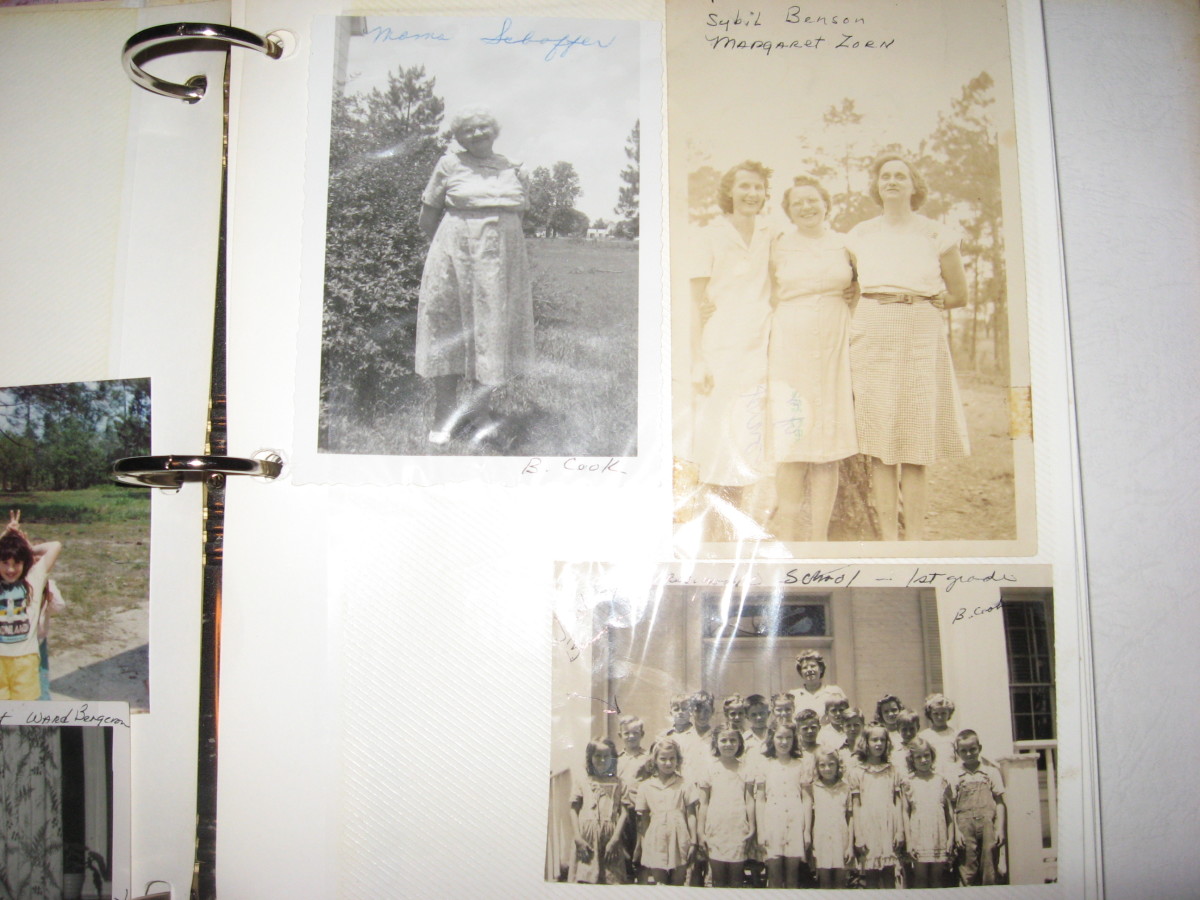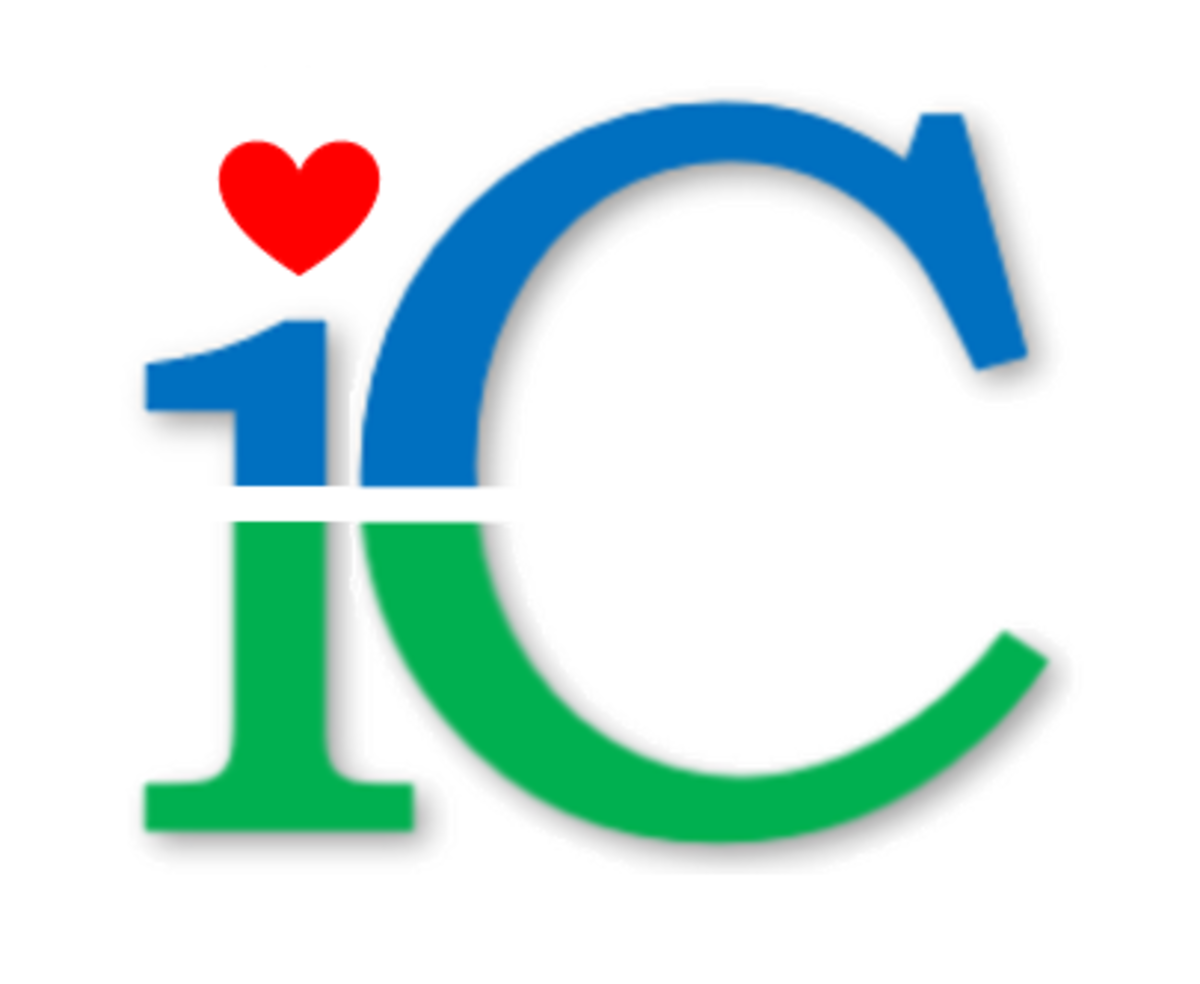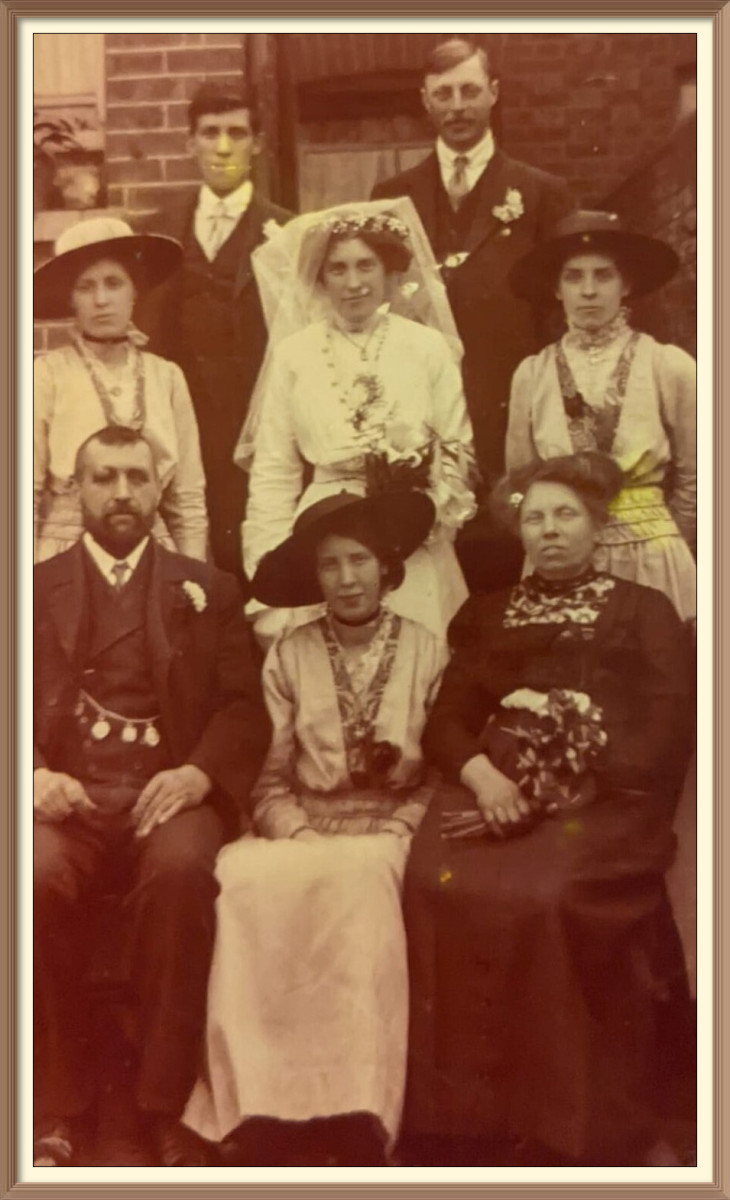Harnessing Facebook for Genealogical Research
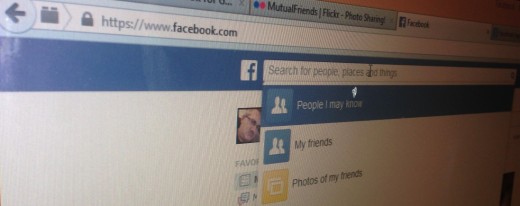
Public Records Are Private
Your birth certificate is a matter of public record. But not just anyone can go get a copy, because even though it is public record, there are privacy restrictions in place to prevent abuse. Anyone who has ever gone to the courthouse and asked for a Birth, Death or Marriage record knows that the standard question you always get asked is "What is your relationship to this person?"
In most states, only a close relative may request certain documents. For example, in order to obtain a birth certificate in Pennsylvania you must either be the person named as born on the certificate, or a parent, grandparent, sibling, spouse, child, grandchild, or some other legal representative of the person named as born on the certificate. However, if the birth date is more than 105 years old, anyone can obtain a copy. These laws are designed to protect people's privacy, but they make it challenging for genealogical researchers to piece together a family tree using public records.
Most genealogy websites that allow you to post data on family trees will also hide information for potentially living individuals. For example, on the Worldconnect Project on Rootsweb, if you upload your GEDCOM, anyone who was born after 1930 will be listed as "living" if there is not death information/date published about that person, and all facts about them (including their first name) will not be visible to anyone who searches the database.
Ancestry.com also has features to protect the identity of living individuals, and although you can choose to override them for authorized persons, they are still not searchable. There are some records you can find on Ancestry for living persons, but they often aren't specific enough to make a positive identification.
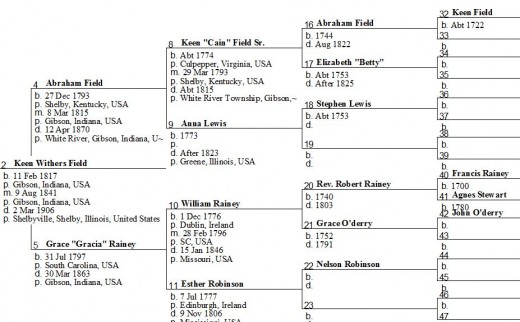
Facebook To The Rescue
In contrast, Facebook is a place where we share a wealth of information about ourselves. Often, we even share a bit too much. Facebook has privacy settings too, but since they are controlled by the individual person, many people openly share lots of information, even to those they haven't even met. This makes Facebook a wonderful place to expand your research to those distant family members you may not have even met yet.
About a year ago, I was looking at a descendant report for my maternal grandfather. My mother is the oldest of nine children, and I am the oldest of twenty grandchildren; lots more if you count those cousins and step-children whom are related by marriage only. All total, including spouses and all their children, step-children, spouses, etc, there are nearly 150 individuals on the report. A large and quite impressive number spanning four generations of the "Rawlings" family.
However, when I started to look at the descendants of my grandfather's brothers and sisters, I often had only a few people listed, and in several of those cases, I only had one generation of descendants, maybe two. There had to be more than that.
So, I first went to my parents to make sure that what I had was accurate. Much of this information that I had documented came by word of mouth. I had very little to go on from the Census and publicly available searches and records, so I relied on family to tell me as much as they could recall. I quickly realized that my family didn't know enough to document it well. Although my mother had stayed in touch with a few of her cousins, she drew a blank when I asked for names and birth dates of their children and grandchildren.
I took what I did know, and I logged on to Facebook. On the search bar, I entered the maiden name of my distant relatives. She was my first cousin, once removed, "Janice Rawlings", and she was the daughter of my grandfather's eldest brother.
Results May Vary
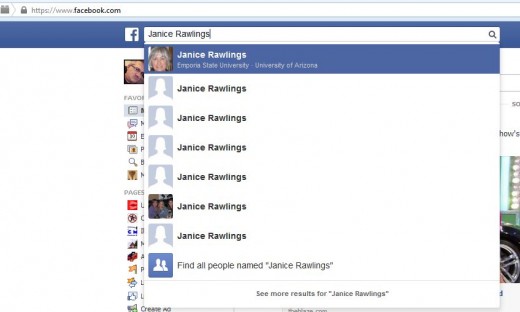
As you can see from the screen capture above, I found several people named Janice Rawlings. But, much to my dismay, none of the names listed appear to be the correct person. There were quite a few of them had so little personal details publicly available, so there was a chance that one of them was the correct individual, but not enough information for me to conclusively determine she was my relative.
I expanded the search by using the "see more results" option at the bottom of the result list, but still had no luck. I randomly viewed several of the profiles to see if anything looked familiar, or if I could make any connection, but nothing was matching up. There were certainly a lot of "Rawlings" family that could be related to me, but I had no way of knowing for sure.
Looking back over the information my family had given me, I tried searching for Janice under her married surname, "Richardson", but again came up with a blank. Not being discouraged, I then started to try variations of her name like Janet, Jane and Jan, and lo and behold, one profile seemed like it might be promising. One particular profile for someone named "Jan Richardson" jumped out at me because we shared a mutual friend. The mutual friend was my one of my Mom's sisters. I felt like I was onto something.
Mutual Friends Can Help Identify Relatives

One Find Leads To More
The "Jan Richardson" I had located lived in a different state than where I had known her to be living. From my family tree information, I could see that she was born in my home state. But now, she was living over a thousand miles away. My aunt confirmed for me that, Jan was her cousin, so I sent Jan a friend request.
She accepted.
Once she accepted, the floodgates of additional family tree information were blown wide open on this branch of the tree. From Jan's Facebook profile, I was able to confirm an exact birth date. The date I had before only stated the year she was born, and even it was an estimate based on publicly available records. I also located several pictures of her, so I was able to put a face to the name. There was also a picture with her husband, and in the comments of that photo, I learned his first name and added that information to my family tree.
However, the real magic began when I started looking at the "About" information on Jan's profile and when I started to review her Facebook "Friends List". On her "About" page, Jan had listed her grand daughter as one of her relationships. This was helpful, but even though I had found this new descendant, I still had no idea how many children Jan had, nor which of her children this grand daughter was a child of. For my family tree, I needed to add in the connecting individual. The grand daughter was also named "Richardson", so I presumed that this she was daughter of Jan's son. It was ironic that at this point, I still had no children listed for Jan... only a grandchild. So, in my family tree, I created a son, leaving the first name and birth information blank, then created a child with the grand daughter's information I found linked to Jan's profile.
Even though Jan's "About" information only listed this one family member, a quick search of her friends list for the last names of "Richardson" turned up several results. One of her friends was a woman who was young enough to be Jan's daughter. When I viewed her profile and looked at her "About" page, she had listed her daughter. It was the same individual that Jan had listed as her grand daughter. Even though I had not found Jan's son, I had found her son's wife and daughter.
After a lot more friend requests, a bit more detective work and a few messages back and forth to my new Facebook friends and I was able to piece together all of Jan's descendents including additional all of her children, marriage dates, spouses names, spouse's parents, step children and even great grandchildren.
I continued to research further. This time searching for the "Rawlings" surname, and searching Jan's Facebook friends and all of the Facebook profiles of her friends that I had located that were related, I was able to find Jan's brother. Using some of the same methods, I was then also able to find all of his descendents.
Results That Count
All in all, doing family research on Facebook can be very fast or very slow. The speed of which you will find success using this method is often dependent on people accepting your friend requests. But in some cases, I have found that people share personal information very openly. On these profiles, even if you are not the person's Facebook friend, you are still able to search their friends list, or see their connected family and personal information. Each individual can set their privacy to prevent strangers from doing this type of searching, but many people forget to.
Thankfully, even though some might call this type of search "Facebook Creeping", in my case the reward has been immense. I now have completed that branch of the family tree in my genealogy database. What started out as one individual with a spouse and two children became a complete family legacy with 14 blood relatives, and numerous additional connected spouses, and family members.
Additionally, I am now Facebook friends with most of my new-found cousins and I am instantly aware via Facebook status updates of new births, marriages, photos and important events in the lives of my extended family. That is the most rewarding part. Reconnecting with family is truly a rewarding experience. I've used this method many times on many different branches of the family tree. I am hoping one day that it will allow me to connect with some additional living relatives on my dad's side of the family. My dad's father has passed away, but I know he had other children, and so far, I have been unable to locate any living relatives.
One more tip. Don't forget to check your existing Facebook family for their relatives periodically. As people link family on Facebook, you may find new connections. Today, as I was rechecking my Aunt's profile, I found that she had listed a niece that I had not previously documented in my family tree. I just added her and her husband today. They got married last year.
I hope this method of searching will aid you in finding your long lost family and getting reconnected. If you have any other tips, or see success using this method, leave me a comment and let me know I have helped you.

